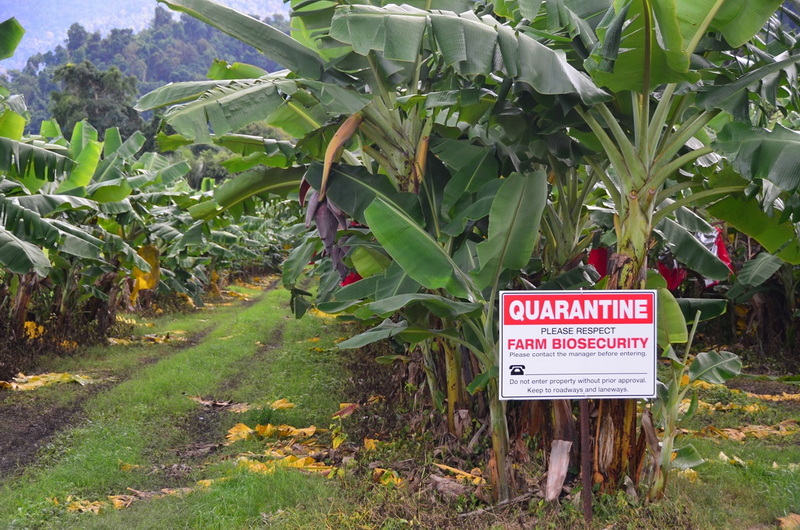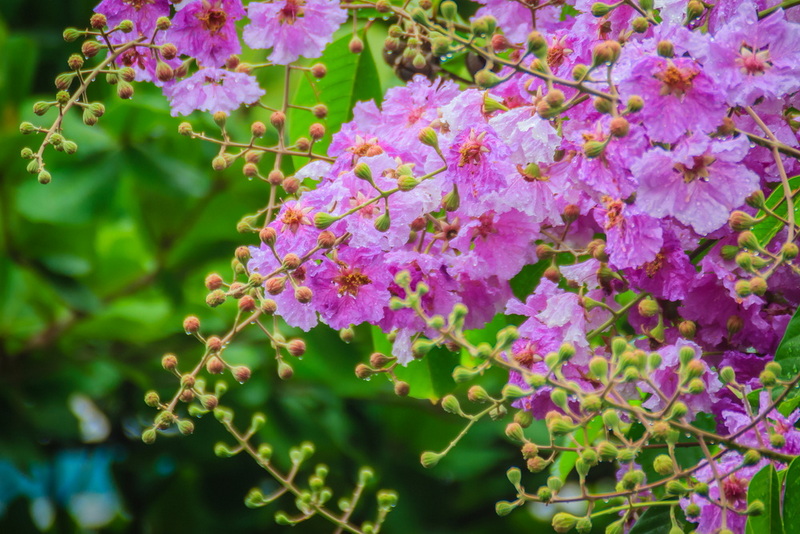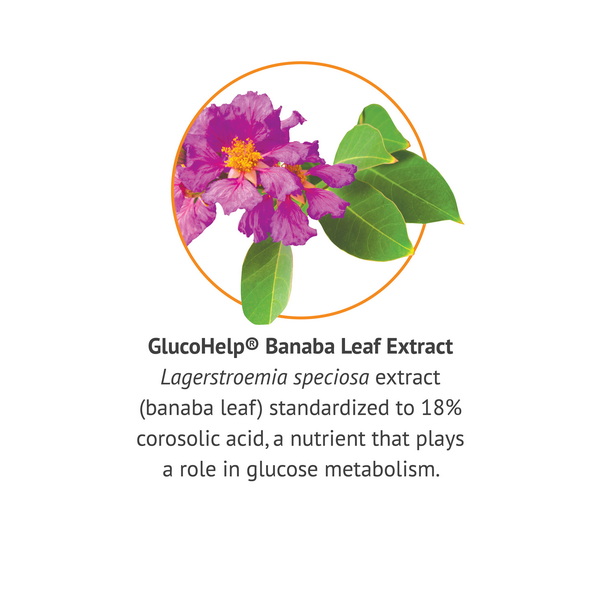Content Menu
● Introduction to Natural Floor Wax Alternatives
>> Banana Leaf and Peel Extracts
>>> Banana Leaf Extract Floor Wax
>>> Banana Peel Floor Wax
● Banaba Leaf Extract: Health Benefits and Potential Applications
>> Health Benefits of Banaba Extract
>> Potential for Floor Wax Applications
● Challenges and Opportunities
● Expanding the Use of Natural Extracts
>> Other Plant Extracts for Floor Wax
>> Innovations in Natural Floor Wax
>> Market Trends and Consumer Preferences
● Conclusion
● FAQ
>> 1. What are the benefits of using natural floor wax alternatives?
>> 2. How does banana leaf extract work as a floor wax?
>> 3. Can Banaba leaf extract be used as a floor wax?
>> 4. What are the challenges in producing natural floor waxes?
>> 5. How sustainable is using banana peels for floor wax?
● Citations:
In recent years, there has been a growing interest in using natural and sustainable materials for household cleaning products, including floor waxes. While banana leaf extract has been explored for its potential in making floor wax, another plant, Banaba (Lagerstroemia speciosa), is more commonly associated with health benefits rather than floor wax applications. However, this article will explore the concept of using plant extracts as alternatives to traditional floor waxes, focusing on the broader context of natural extracts like Banaba leaf extract as floor wax alternatives.

Introduction to Natural Floor Wax Alternatives
Traditional floor waxes often contain chemicals that can be harmful to health and the environment. In response, researchers have been looking into natural alternatives that are safer and more sustainable. One such alternative is using plant extracts, such as those from banana leaves or peels, which have shown promise in creating effective and eco-friendly floor waxes.
Banana Leaf and Peel Extracts
Banana leaves and peels have been studied for their potential in making floor wax. For example, banana leaf extract has been used to create a floor wax that is effective on various surfaces like bamboo, wood, and concrete. Similarly, banana peels combined with Carnauba wax have been shown to be comparable to commercial floor waxes in terms of cost and effectiveness.
Banana Leaf Extract Floor Wax
The process of making floor wax from banana leaf extract involves several steps:
1. Extraction: Banana leaves are processed to extract their wax content.
2. Formulation: The extract is mixed with other ingredients like xanthan gum, kerosene, and coconut oil to create different formulations.
3. Testing: These formulations are tested on various floor types to evaluate their performance in terms of odor, consistency, and sheen.
Banana Peel Floor Wax
Banana peels, when combined with Carnauba wax, offer a cost-effective and environmentally friendly alternative to commercial floor waxes. The process involves:
1. Blending: Banana peels are mixed with Carnauba wax and oils.
2. Heating: The mixture is heated until it forms a consistent paste.
3. Cooling: The paste is cooled and poured into containers for use.
Banaba Leaf Extract: Health Benefits and Potential Applications
Banaba leaf extract is primarily known for its health benefits, particularly in managing diabetes and metabolic syndrome. It contains corosolic acid, which has been shown to lower blood sugar levels and exhibit antioxidant and anti-inflammatory properties.
Health Benefits of Banaba Extract
- Antidiabetic Effects: Corosolic acid in Banaba extract helps reduce blood sugar levels by enhancing glucose uptake and regulating lipid metabolism.
- Antioxidant and Anti-inflammatory Activities: These properties contribute to its potential in addressing metabolic syndrome and other health conditions.
Potential for Floor Wax Applications
While Banaba leaf extract is not typically used as a floor wax, its properties could theoretically be explored for such applications. However, its primary use remains in the health sector due to its bioactive compounds.

Challenges and Opportunities
Using natural extracts like banana leaf or peel for floor wax presents several challenges and opportunities:
- Challenges: Ensuring consistency and effectiveness across different floor types, scaling production while maintaining cost-effectiveness.
- Opportunities: Reducing environmental impact, creating healthier indoor environments, and promoting sustainable practices.
Expanding the Use of Natural Extracts
Other Plant Extracts for Floor Wax
Besides banana leaves and peels, other plant extracts are being explored for their potential in making natural floor waxes. For example:
- Carnauba Wax: Derived from the leaves of the Carnauba palm, it is a popular natural wax used in various applications.
- Beeswax: Known for its protective properties, beeswax can be used to create durable and eco-friendly floor coatings.
Innovations in Natural Floor Wax
Recent innovations in natural floor waxes include:
- Nanotechnology: Using nanoparticles to enhance the durability and effectiveness of natural waxes.
- Bio-based Solvents: Replacing chemical solvents with bio-based ones to reduce environmental impact.
Market Trends and Consumer Preferences
There is a growing demand for eco-friendly products, including natural floor waxes. Consumers are increasingly preferring sustainable options that are safer for their families and the environment. This trend is driving innovation in the development of natural floor wax alternatives.
Conclusion
While Banaba leaf extract is not commonly used as a floor wax alternative, the concept of using natural plant extracts for this purpose is promising. Banana leaf and peel extracts have shown potential in creating effective and eco-friendly floor waxes. As research continues, it may uncover new applications for various plant extracts, including Banaba, in sustainable household products.

FAQ
1. What are the benefits of using natural floor wax alternatives?
Using natural floor wax alternatives like banana leaf or peel extracts can reduce exposure to harmful chemicals, promote sustainability, and create healthier indoor environments.
2. How does banana leaf extract work as a floor wax?
Banana leaf extract contains wax substances that help clean and polish floors. It is mixed with other ingredients to enhance its effectiveness on various surfaces.
3. Can Banaba leaf extract be used as a floor wax?
Currently, Banaba leaf extract is not used as a floor wax due to its primary application in health products. However, its properties could be explored for such uses in the future.
4. What are the challenges in producing natural floor waxes?
Challenges include ensuring consistency, scaling production while maintaining cost-effectiveness, and adapting formulations for different floor types.
5. How sustainable is using banana peels for floor wax?
Using banana peels reduces waste and promotes sustainability by utilizing organic materials that would otherwise be discarded.
Citations:
[1] https://lrc.ncf.edu.ph/floor-wax-from-banana-musa-paradisiaca-leaf-extract-some-household-and-instructional-management-implications/
[2] https://pubmed.ncbi.nlm.nih.gov/22095937/
[3] https://blog.csdn.net/anlog/article/details/126811074
[4] https://www.apjmr.com/wp-content/uploads/2019/05/APJMR-2019-7.2.006.pdf
[5] https://pmc.ncbi.nlm.nih.gov/articles/PMC3468018/
[6] https://huggingface.co/openbmb/VisCPM-Chat/raw/main/vocab.txt
[7] https://www.academia.edu/42254147/Effectiveness_of_Musa_Paradisiaca_Banana_Peel_as_an_Alternative_to_Commercial_Floor_Wax_for_Household_Use_in_the_Philippines
[8] https://www.drugs.com/npp/banaba.html
[9] https://www.studocu.com/ph/document/sti-college-maasin/electrical-engineering/banana-peeling-floor-wax-compress/85962556

 English
English 




























